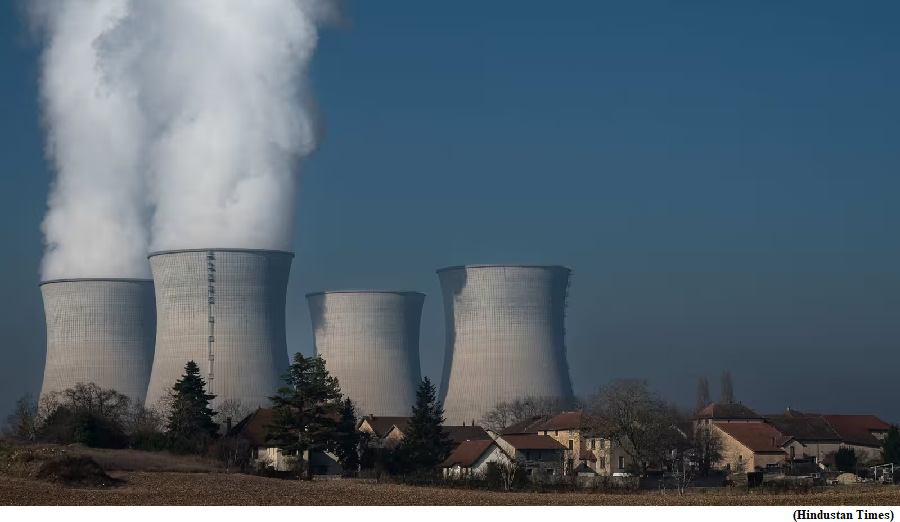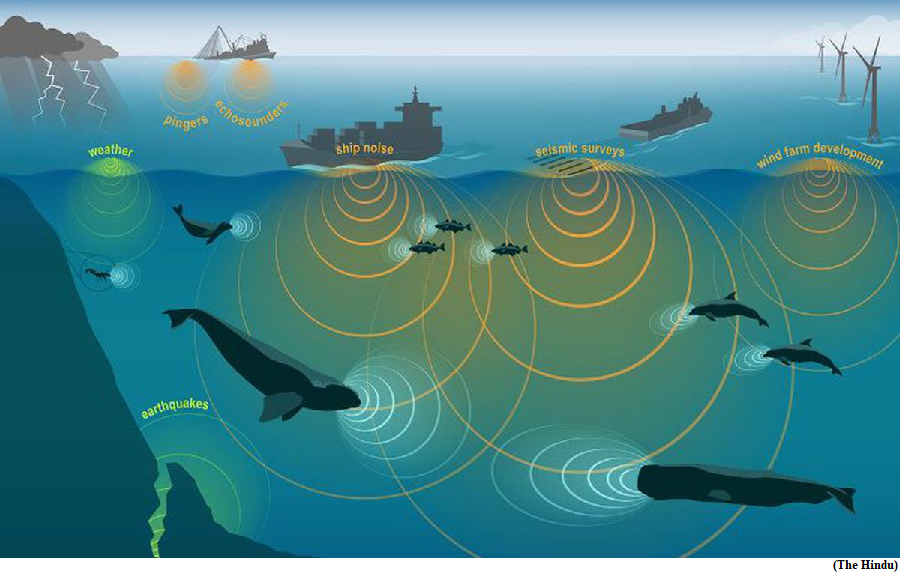North India first Nuclear Plant (GS Paper 3, Science and Tech)

Why in news?
- North India's first Nuclear Plant is coming up in Haryana in the town of Gorakhpur, which is about 150 km north of the national capital of New Delhi.
- Earlier the Nuclear/ Atomic Energy plants in other parts of the country, which were earlier confined mostly to the South Indian States like Tamil Nadu and Andhra Pradesh or in the west in Maharashtra.
GHAVP:
- Gorakhpur Haryana Anu Vidyut Pariyojana’s (GHAVP) having two units of 700 MWe capacity each of Pressurised Heavy Water Reactor (PHWR) indigenous design is under implementation near Gorakhpur village in Fatehabad district in Haryana.
- Construction of Water Duct from Tohana to GHAVP for meeting operational cooling water requirements has been taken up through Haryana Irrigation & Water Resources Department (HI&WRD) as deposit work and progressing well.
Way Forward:
- The Department of Atomic Energy, has also been given permission for forming joint ventures with PSUs for resources to opening up of atomic energy plants, which is an upcoming and promising sector, having potential to fulfill India’s all energy needs in times to come.
Underwater noise emissions pose threat to marine life
(GS Paper 3, Science and Tech)
Why in news?
- The rising man-made (anthropogenic) underwater noise emissions (UNE) from ships in the Indian waters are posing a threat to the life of marine mammals like Bottlenose dolphin, Manatees, Pilot whale, Seal and Sperm whale.

How UNE impact marine creatures?
- A knowledge of their hearing capabilities is vital to understanding their auditory system.
- The main form of energy for multiple behavioural activities of marine mammals, which include mating, communal interaction, feeding, cluster cohesion and foraging, is based on sound.
- However, the sound that radiates from ships, on a long-term basis, affects them and results in internal injuries, loss of hearing ability, change in behavioural responses, masking, and stress. There are Acute and Chronic noise categories in the emissions.
Masking:
- The frequencies of ships’ underwater self-noise and machinery vibration levels are overlapping the marine species’ communication frequencies in the low frequency range of less than 500 Hz.
- This is called masking, which could have led to a change in the migration route of the marine species to the shallow regions and also making it difficult for them to go back to the deeper water.
UNE levels in Indian waters:
- The UNE or underwater sound pressure levels in the Indian waters are 102-115 decibels, relative to one microPascal (dB re 1Pa).
- The East Coast level (10 dB re 1Pa) is slightly higher than that of the West. There is an increase by a significant value of about 20 dB re 1Pa.
How study was conducted?
- Continuous shipping movement is identified to be a major contributor to the increase in the global ocean noise level, according to a new study titled “Measuring Underwater Noise Levels Radiated by Ships in Indian Waters” at the Visakhapatnam Port (for the East) and Goa’s Mormugao port (for the West).
- The measurement of the ambient noise levels was carried out by deploying a hydrophone autonomous system around 30 nautical miles from the Goa coastline. The depth of deployment of the sensor was 11 metres in a water depth of 22 metres.
- The single-channel hydrophone was deployed at different locations with in-water depth of 18 metres with a deployment depth of 3 and 5 metres off Visakhapatnam port.



